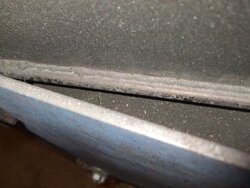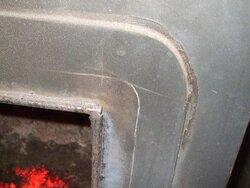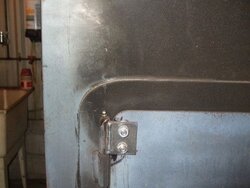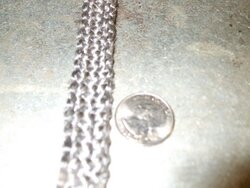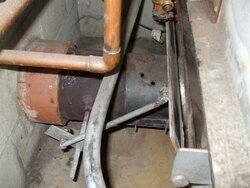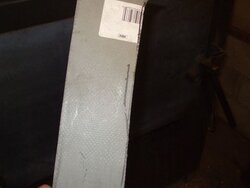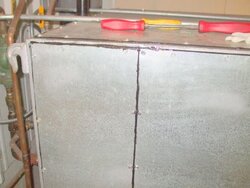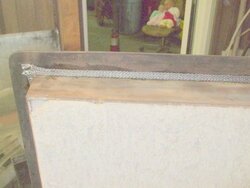This is my 3rd year with the seton 130. I gotta say, Im not very happy with it. It replaced a small hot air wood furnace that I bought for $1200 new. I used to burn abot 6 to 7 cords of wood (my only heat source) a year. The seton cost approx $8k and now Im burning 14 to 16 cords a year. It is constantly over heating, dumping water all over. I have to let it go out about every 10 days to clean out the ashes as they are above the inlet holes. The fire never goes out like it is supposed to. While I am very discouraged with this I am open to help to fix my problems if anyone else has had these issues. It just seems that I spent a lot of money for a poorly built boiler.
Thanks in advance for any help.
Ian
Thanks in advance for any help.
Ian



